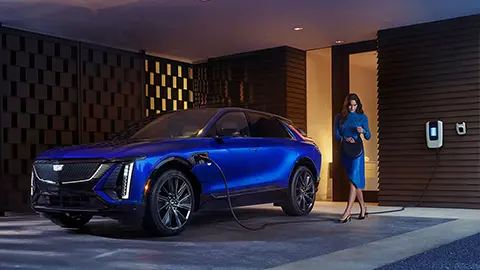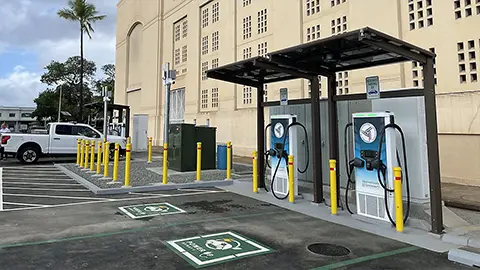Tesla: Best-Selling EVs Get Less Range
Tesla is the best-selling EV brand in the U.S. (though not worldwide anymore; Chinese maker BYD recently beat it out), and its Model Y crossover is the best-selling vehicle in the world. The brand’s electric cars have impressive performance and tech, but have consistently caught flak for failing to reach their EPA range estimates in normal use. Now, the company seems to be reacting by cutting range estimates some versions of the Model S sedan and Model X and Model Y crossovers.

Which Tesla Models Have Changed?
Two versions of the Model Y crossover now carry lower EPA range estimates, which were first caught by Electrek. The EPA range estimate for the best-selling Model Y Long Range, which used to be 330 miles, has dropped by 20 miles to 310. The faster Model Y Performance, which has more powerful motors and larger 21-inch wheels, has dropped from 303 EPA-estimated miles to 285. The entry-level Model Y is unaffected.
For the larger Model X crossover and Model S sedan, only the top-of-the-line Plaid trims carry new EPA range estimates. The Model X Plaid, which previously carried an EPA range estimate of 33 miles, now has an estimate of 326 miles. The Model S Plaid sees a huge drop, from an EPA estimate of 396 to 359 miles. Those are a ways off the original range promises for these vehicles, which both exceeded 400 miles – but are still among the highest range estimates in their class.
There are no changes in EPA range estimates for the Model 3 sedan, at least for now. With a major refresh due on U.S. shores this year, we expect the new model to achieve better range estimates than before, due to its more efficient drivetrain and improved aerodynamics.

What Does This Mean for Owners and Buyers?
Why the changes? A combination of factors are probably at work, including California’s recently-announced durability requirements, which mandate that EVs maintain at least 80 percent of their certified range for at least 15 years or 150,000 miles. But one major factor may be a Reuters report published late in 2023 which reported not only that Tesla’s range estimates used an overly-optimistic calculation, but that the company had actually formed a team to suppress range-related customer complaints.
Current Tesla owners – particularly of the models that have received new EPA range estimates – may not be very amused, and will likely see the new estimates of confirmation of what they’re already experiencing. On the other hand, even at the revised numbers, Tesla models still have impressive ranger, and the majority of EV drivers plug in at home on a Level 2 charger long before completely draining the battery. It’s only on very long trips where you might find yourself charging a Tesla a handful of miles earlier than you were anticipating.
If you’re shopping for a new EV, and a Tesla is on your shopping list, the new range estimates will give you a more realistic expectation of how far you’ll be able to go on a charge. But they don’t mean you should take any of these vehicles off your list.
















